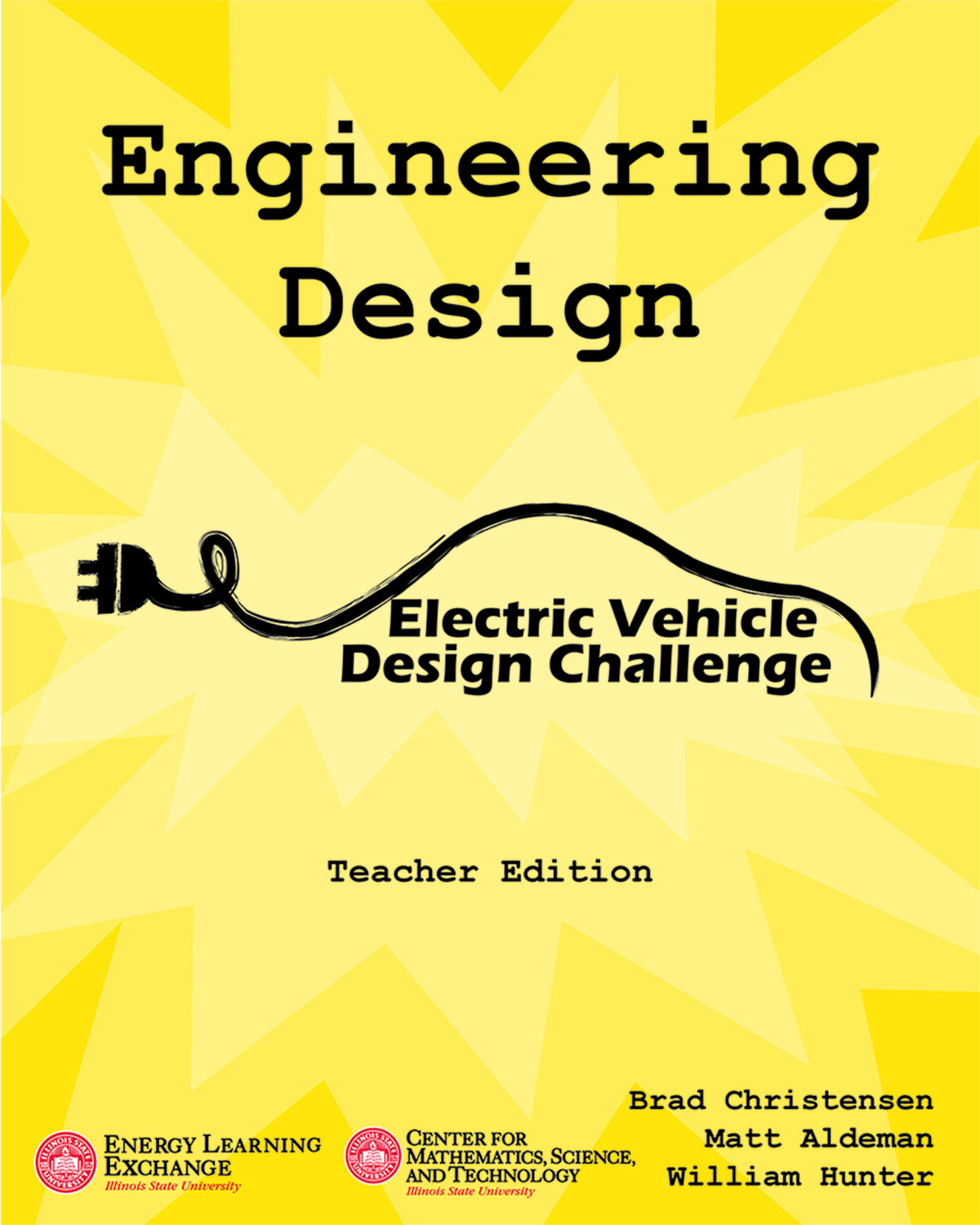This experience is designed to teach specific content while addressing mathematical practices identified in your Common Core State Standards for Mathematics and the Next Generation Science Standards. Throughout the project, emphasis should be placed on learning how math and science are tools for engineering.
Science is the study of the natural world. This study often identifies patterns. The study and use of patterns is basically the definition of “mathematics.” What is discovered can be applied “to solve problems and extend human capabilities”. That is the definition of “technology.” The process of developing technology is called “engineering.”
Engineering Design is the process of applying knowledge of the natural world and its patterns to solve a problem.
It is not just “math” or just “science” or limited to a particular age group or gender. It is a skill that all students should have, regardless of academic ability or career goals. Engineering Design can be as simple as making a schedule to get ready for school in the morning and arriving on time. It can be as complex as operating a rover on Mars.
For the past several decades, most people think that a better understanding of mathematics and science will improve our ability to solve problems leading to new inventions and innovations. The intended outcome is a stronger economy, increased national security, and an elevated standard of living. That explains the current interest in STEM (science, technology, engineering, mathematics) classes at your school.

